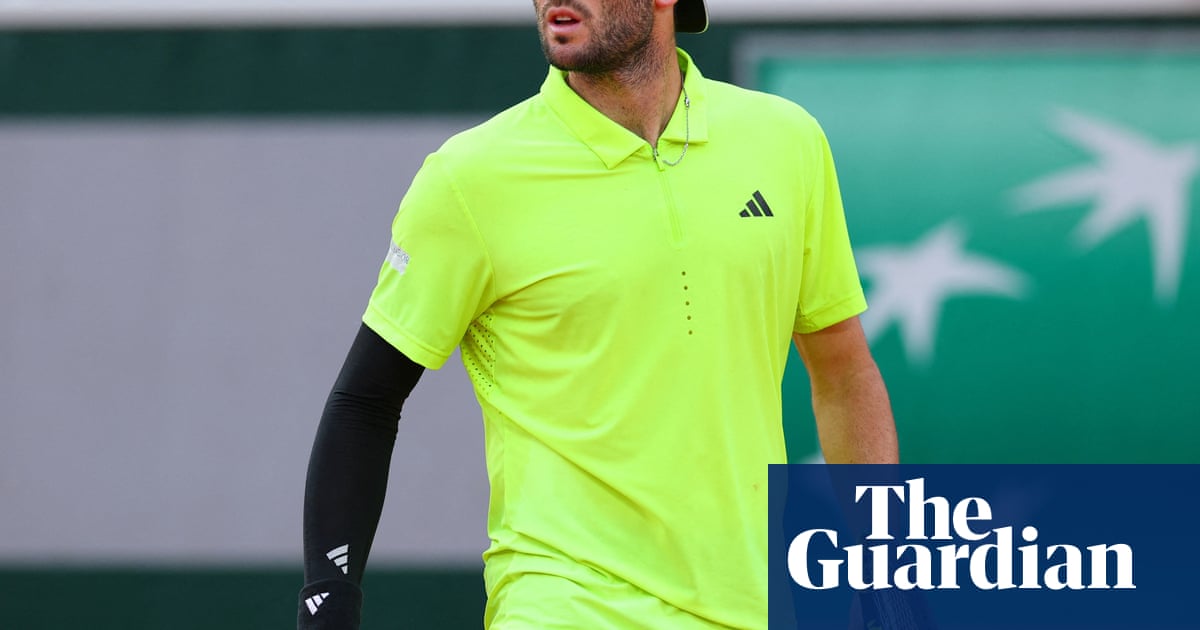Over the course of his distinguished career, Cameron Norrie has become an unlikely role model to many of his fellow professionals. He has enjoyed achievements that most dream of, winning a Masters 1000 title, reaching the semi-finals of Wimbledon and breaking into the world’s top 10, but it is not merely results that have set him apart.
Instead of taking the traditional route to the professional circuit directly from junior competitions, Norrie decided to move at his own pace. He spent three successful years at Texas Christian University in Fort Worth where he developed his game, matured as a person and partied until he was ready to fully commit.
Norrie ensured that when he finally made it to the professional ranks, he was disciplined and resilient enough to fulfil his potential. He settled down on the ATP Tour before enjoying a dramatic, unexpected rise towards the top of the game. Any player with ambitions on making it to the Tour after competing in college understands the significance of Norrie’s route to success.
Since ending his time at TCU in 2017, Norrie has kept in close touch with the university and he regularly interacts with many former students and coaches, plenty of whom still work there. When he is in the United States, he sometimes uses the university facilities in Fort Worth for short training blocks.
It was during one trip there in the late summer of 2019, as Norrie prepared for the US Open, that he trained with one of the many players who looked up to him – an 18-year-old Scottish freshman named Jacob Fearnley. On Saturday Norrie and Fearnley, who have trained together times since, will compete against each other on one of the biggest stages in their sport with a place in the fourth round of theFrench Openon the line.
Although Norrie played no direct role in Fearnley’s college decisions, the Scot has clearly followed the path blazed by the elder Briton. He also opted to compete in college before turning professional and he also ended up at TCU. He arrived in Texas two years after Norrie left. “To see a guy going to the college that I went to, seeing how well he did coming out of college, it was more just inspiring, showed me that it was possible, that the coaches at TCU and the work that he put in at TCU could get him to the Tour,” said Fearnley.
This third-round match is the first time in the open era that two British players, men or women, have faced each other after round one at Roland Garros. It will also represent a significant opportunity for both players. After his supreme opening victory against Daniil Medvedev, the 11th seed and former world No 1, this is a chance for Norrie, 29, to establish real momentum after a difficult 18 months in which he fell from the top 20 to as low as No 91 this month. For Fearnley, meanwhile, this is yet another chance for him to break new ground by reaching the fourth round of a grand slam for the first time. The 23-year-old’s rise over the past 11 months has been one of the most absorbing stories in the sport. He has flitted up the rankings at a startling pace since finishing his college career last year and he is now on the verge of breaking into the top 50 for the first time.
Sign up toThe Recap
The best of our sports journalism from the past seven days and a heads-up on the weekend’s action
after newsletter promotion
This clay season has only underlined Fearnley’s talent. Before last month, he had not competed on the surface at any level in six years, yet he has adjusted seamlessly, picking up a series of solid wins and sustaining a good level throughout. After years of sharpening each other’s groundstrokes in practice, Fearnley will now test his potent serve and wicked forehand against Norrie’s relentless consistency and durability.
Before they take to the court, Jack Draper, the British No 1 and fifth seed, will follow up his second-round victory over the 38-year-old Gael Monfils with a tough match against the incredibly talented 18-year-old João Fonseca, who will attempt to swing freely while aiming squarely at the growing target on Draper’s back.
